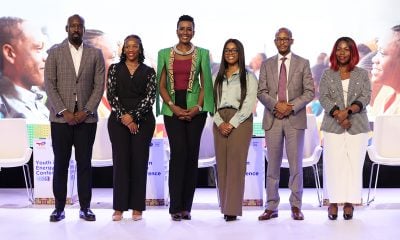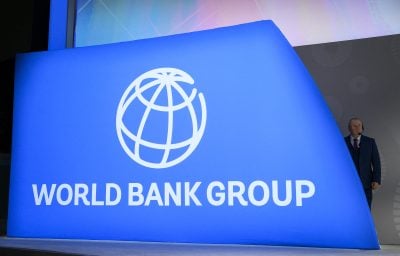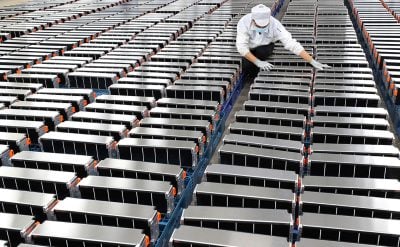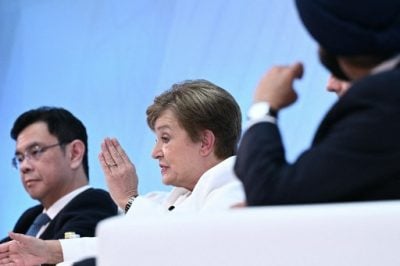This article is part of a series produced in collaboration with the African Development Bank in light of its sixtieth anniversary. Please visit our dedicated portal to read about the Bank's history and its activities on the continent.
The African Development Fund (ADF) is intensifying its support for climate adaptation, capacity building, and sustainable debt management to boost the resilience of Africa’s most vulnerable countries.
The ADF – which is the African Development Bank’s concessional funding window for the continent’s least developed nations – will also focus on empowering women and girls as a condition for achieving inclusive and sustainable development.
These updated priorities address the significant development challenges Africa faces, including escalating risks from climate change, inequality, and instability.
“African low-income countries are the most vulnerable and least prepared to tackle climate change,” stated Akinwumi Adesina, President of the African Development Bank.
“We will foster a climate-smart, resilient, inclusive, and integrated Africa.”
Adesina made these remarks during a meeting with the fund’s development partners, where donors pledged a record $8.9bn for the sixteenth ADF replenishment, which concludes in 2025. He said that the Fund would utilise the replenishment to accelerate progress in the outlined priority areas over the next three years.
Because it provides grants and low-interest loans, the ADF needs to be “replenished” by donors every three years. The $8.9bn replenishment package includes $8.5bn in core ADF funding and $429m for the newly created Climate Action Window.
“The Climate Action Window and the commitment to provide 40% of the core financing of the ADF 16 replenishment towards climate finance will help to build climate resilience in Africa,” Adesina added.
The ADF-16 replenishment is projected to connect 20 million people to electricity, benefit 24 million people through agricultural improvements, provide access to water and sanitation for 32 million people, and enhance transport access for 15 million people.
Making a difference in people’s lives
During the African Development Bank’s annual meetings in Kenya in May, President William Ruto acknowledged that these ambitious targets are well within reach, citing the Fund’s stellar track record in his country. “Kenya has benefitted from resources made available to us by the Fund,” Ruto told delegates, citing the Last Mile Connectivity project that was supported by the ADF.
This electrification initiative expanded the number of households connected to the national electricity grid from 2.5 million in 2013/14 to over 10 million, pushing the electrification rate in the country to around 76% – one of the highest in sub-Saharan Africa.
“Kenyans know it is a government project, but they need to know it was financed by the African Development Fund. It is making a difference in people’s lives, and we want to invest more to add momentum,” he added.
Looking ahead, experts at the Centre for Global Development emphasise the critical need to ramp up concessional finance in Africa amid multiple risks ranging from high carbon transition costs, macroeconomic vulnerabilities, and shortfalls in infrastructure financing. The ADF must be at the forefront of addressing this massive demand for concessional financing, they contend.
“It should use its resources more catalytically to mobilise more private finance and expand fiscal space in the countries it serves,” they say, adding that the Fund’s mission remains “profoundly relevant” in the face of mounting financing needs in Africa’s most vulnerable countries.
They argue that the ADF can enhance its impact by integrating its concessional tools with those of other parts of the African Development Bank for greater development and mobilisation impact in eligible countries. They also recommend that the Fund support policy and institutional reforms aimed at making more projects bankable.
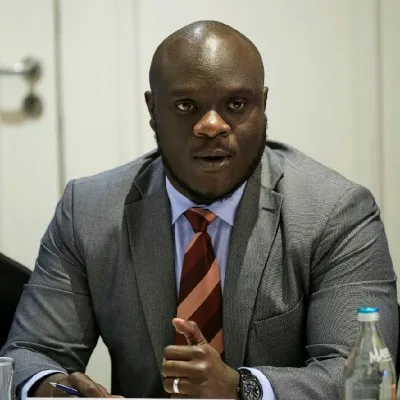
 Sign in with Google
Sign in with Google 
